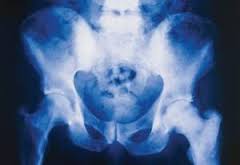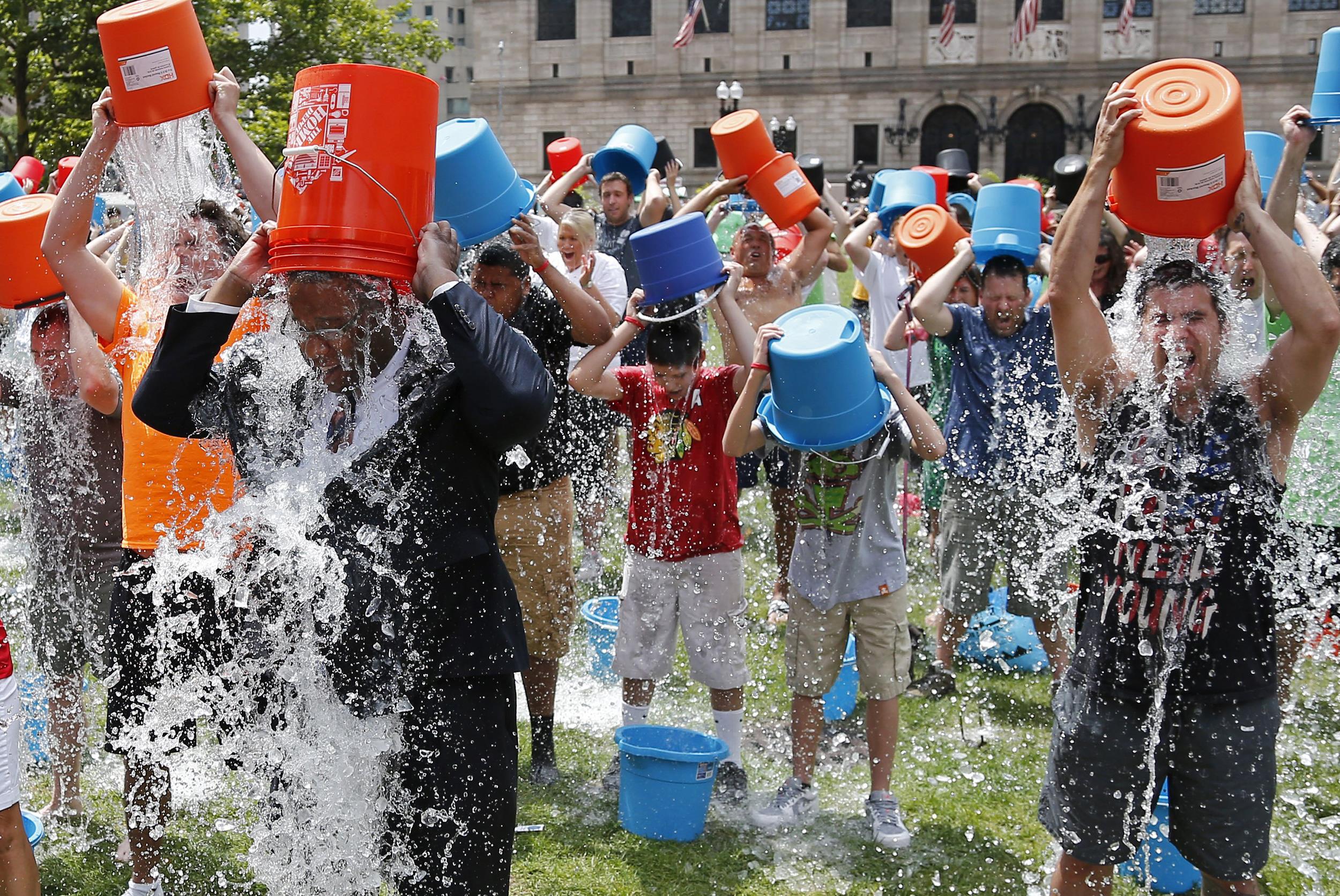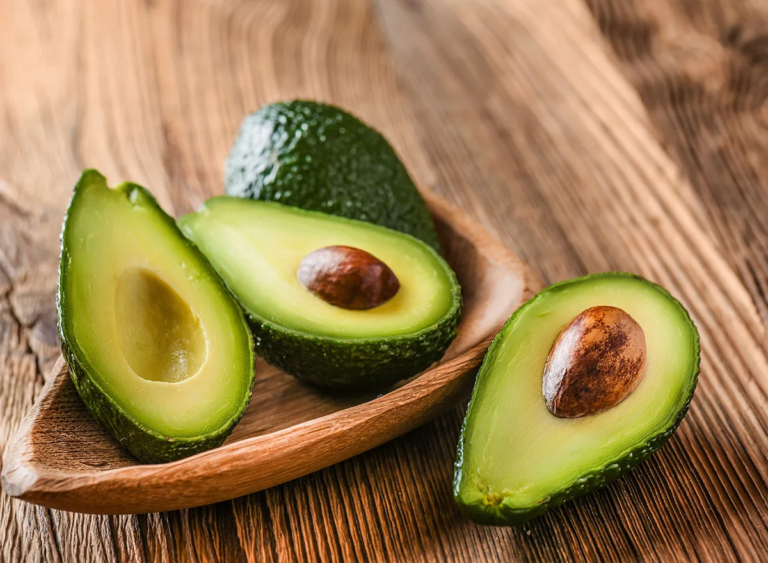Treating Low Bone Mass
The NIH concludes that everyone begins losing bone after about the age of 30, the point at which bone mass peaks. For women, that bone loss accelerates after menopause. Rather than being a disease in itself, osteopenia is considered a possible risk marker for osteoporosis and debilitating bone fractures.
Treatment
Whether you are diagnosed with low bone density, low bone mass or osteopenia, the treatment is the same. The treatment is what we call “three pronged” and it consists of: diet,exercise and medication.
Diet
The following dietary changes are recommended in order to prevent bone loss:
• Make sure you are getting enough calcium. The Recommended Dietary Allowance (RDA) for adults younger than 51 is 1,000 mg/day. For adults aged 51 and older, the RDA is 1,000 to 1,200 mg/day. People need to take a supplement if their dietary calcium level is inadequate.
• Get ample vitamin D. The RDA for adults is 600 IU/day. This recommendation assumes minimal sun exposure. If dietary intake is low, a supplement is recommended.
• Limit intake of salt, caffeine, and soft drinks, as they can weaken bones when consumed in excess.
• Avoid consuming too much alcohol. Drinking more than two or three alcoholic drinks per day can harm bones.
Physical Activity
Exercise is routinely recommended for bone health and weight-bearing exercises are very important. Exercises such as walking, hiking, and dancing are all good choices for the lower body, and adding exercise with light weights or elastic bands or straps can help the bones in the upper body. Less traditional forms of exercise, such as yoga, tai chi, and Pilates, may not only help increase bone density but also significantly improve balance by increasing core strength.
The following suggestions are for bone building:
• Incorporate balance work such as yoga at the beginning of a workout to help prevent falls.
• Women should use weight-lifting machines in the gym, beginning with lower weights (the amount a woman can push or pull for 15 repetitions, with the last one being a challenge) and gradually increasing both weight and repetitions over time.
• In the absence of joint or muscular problems, Detroyer recommends jumping activities such as jumping rope, jumping up on a bench, and simply jumping up and down on the floor. The impact helps build bone.
• To help the spine, include exercise that strengthens the back muscles, such as back extensions, bridges, and planks.
• To avoid injury, people should work with an exercise physiologist or a personal trainer with a degree and certification to work with specialized population
Medication
There are many medications out there that are designed to either maintain or improve bone density. Some of these medications include: Boniva, Fosamax, Actonel and Reclast. Although these medications are supposed to help, they also carry potential side effects. These side effects include: heartburn, ulcer, weakened jawbones, and, strangely, increased risk of fractures.







